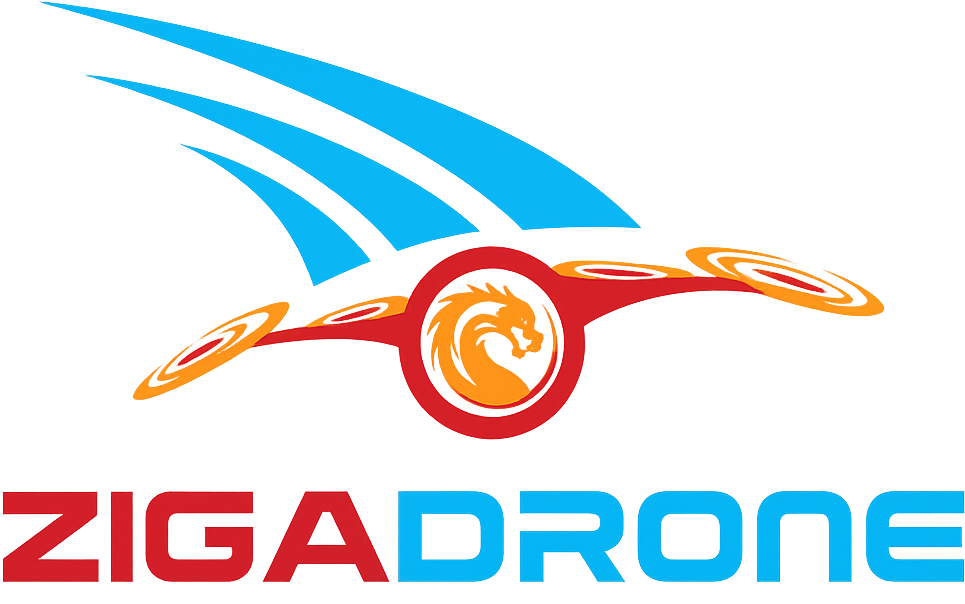Understanding Drone Swarms
Key Behaviors for Next-Generation Autonomy in Air Force Operations
9
Core Behaviors
3
Behavioral Models
∞
Mission Applications
Decentralized, Self-Organizing Systems
As drone swarms gain traction in military, commercial, and industrial applications, understanding their core behaviors is essential for unlocking their potential. Unlike traditional drone operations that depend on centralized control, swarms are decentralized, self-organizing systems inspired by natural phenomena—such as flocks of birds, schools of fish, and ant colonies.
Core Swarm Behaviors
Flocking
Foundational behavior enabling coordinated movement without collision through separation, alignment, and cohesion principles.
Obstacle Avoidance
Navigate complex environments with static and dynamic obstacles while preserving swarm formation integrity.
Goal Seeking
Mission-focused navigation toward specific targets while maintaining swarm integrity and formation.
Exploration
Efficient area coverage for reconnaissance and search operations with maximum dispersion strategies.
Task Allocation
Intelligent workload distribution across heterogeneous swarms with dynamic role reassignment.
Formation Control
Precise geometric arrangements for tactical advantages including signature reduction and sensor optimization.
Communication
Robust coordination systems for contested environments with low-probability-of-intercept capabilities.
EM Resilience
Electronic warfare survival with RF silence, GPS-independent operation, and EMP hardening.
Cognitive Adaptation
AI-driven decision making with natural language understanding and dynamic strategy adaptation.
Detailed Analysis
1
Flocking
Flocking is the foundational behavior of drone swarms, enabling agents to move cohesively without centralized control. It is modeled on natural flocking behaviors observed in birds and fish and typically governed by three simple rules:
2
Obstacle Avoidance
Obstacle avoidance allows drones to navigate cluttered environments such as forests, urban landscapes, or dynamic airspace. Techniques include:
Vector Field Histograms (VFH)
Potential Fields
Reactive Collision Avoidance
Combining global and local obstacle detection is key to safe and efficient swarm navigation in contested spaces.
3
Goal Seeking
Swarms must converge on objectives like securing a location, delivering payloads, or monitoring zones. Goal-seeking behaviors often rely on:
Attraction to target coordinates
Gradient descent on potential fields
Dynamic pathfinding (e.g., A*, D*)
Multi-goal conflict resolution and priority adaptation are also crucial for mission success.
4
Exploration and Area Coverage
Exploration enables a swarm to cover unknown or partially known environments. Methods range from stochastic random walks to frontier-based mapping strategies, ensuring comprehensive reconnaissance and search operations.
5
Task Allocation and Specialization
Task allocation assigns jobs like surveillance, transport, or engagement to appropriate drones based on their location, status, and capabilities. Strategies include:
Market-based bidding
Role negotiation
Capability matching
6
Formation Control
Formation control arranges drones into tactical structures like wedges, rings, or lines for attack, defense, or surveillance. Formation switching can be based on threat posture or terrain topology, providing tactical advantages like reduced radar signatures.
7
Communication Management
Swarm communication underpins all cooperative behaviors. Without a robust and low-latency communication strategy, coordination collapses. Communication methods include direct peer-to-peer mesh networking, line-of-sight optical signaling, and low-probability-of-intercept (LPI) RF transmissions.
Effective systems prioritize bandwidth efficiency, encryption, adaptive routing, and fault tolerance—especially in degraded or contested environments.
8
Electromagnetic Resilience and Stealth
Electronic warfare resilience ensures swarms operate even under hostile EM conditions. This includes surviving electromagnetic pulses (EMP), resisting RF jamming, and operating under emission control (EMCON) protocols.
Techniques like RF stealth, hardened hardware, autonomous fallback behaviors, and short-burst encrypted messaging keep the swarm viable when traditional communications are denied. Companies like Shield AI and DZYNE Technologies are pioneering solutions in this space.
9
Cognitive Adaptation
The apex of swarm intelligence is cognitive adaptation: swarms that can reason, learn, and make decisions based on mission context and environmental inputs. These systems interpret high-level goals—often in natural language—and break them down into executable strategies.
Natural Language Command Example:
"Patrol sector B until enemy presence detected, then regroup at fallback point and establish defensive perimeter."
Integration with large-scale neural networks or language models allows for rapid adaptation to novel conditions, including goal reprioritization, improvisation, and intent alignment across the swarm.
Mission-Specific Behavioral Models
| Mission Type | Behavior Model | Key Characteristics |
|---|---|---|
High-Speed Air Combat (Strike, Escort, ISR) |
Flocking / Schooling |
Real-time movement, dynamic threat response, formation maintenance |
Persistent Ground Mapping & Sensor Deployment |
Ant Colony (Stigmergy) |
Environmental interaction, persistent presence, digital markers |
Autonomous Communication Relays & Networks |
Ant Colony (Stigmergy) |
Indirect coordination, network resilience, adaptive routing |
The Future: Cognitive Adaptation
The newest frontier is cognitive swarms: systems that understand mission goals expressed in natural language, reason about changing environments, and adjust strategies dynamically.
Large Language Models (LLMs) integrated into swarm controllers allow high-level intent-based commands, enabling unprecedented operational flexibility.
Natural Language Command:
"Patrol sector B until enemy presence detected, then regroup at fallback point and establish defensive perimeter."
The Future of Autonomous Warfare
Drone swarm behavior is no longer a simple matter of numbers. Successful swarm operation relies on an intricate balance of movement, communication, decision-making, and resilience.
As new AI technologies mature, future swarms will not just react — they will reason, adapt, and collaborate in complex environments, fundamentally reshaping how Air Force missions are conceived and executed.
TrikTraks
Advancing Next-Generation Autonomous Systems
